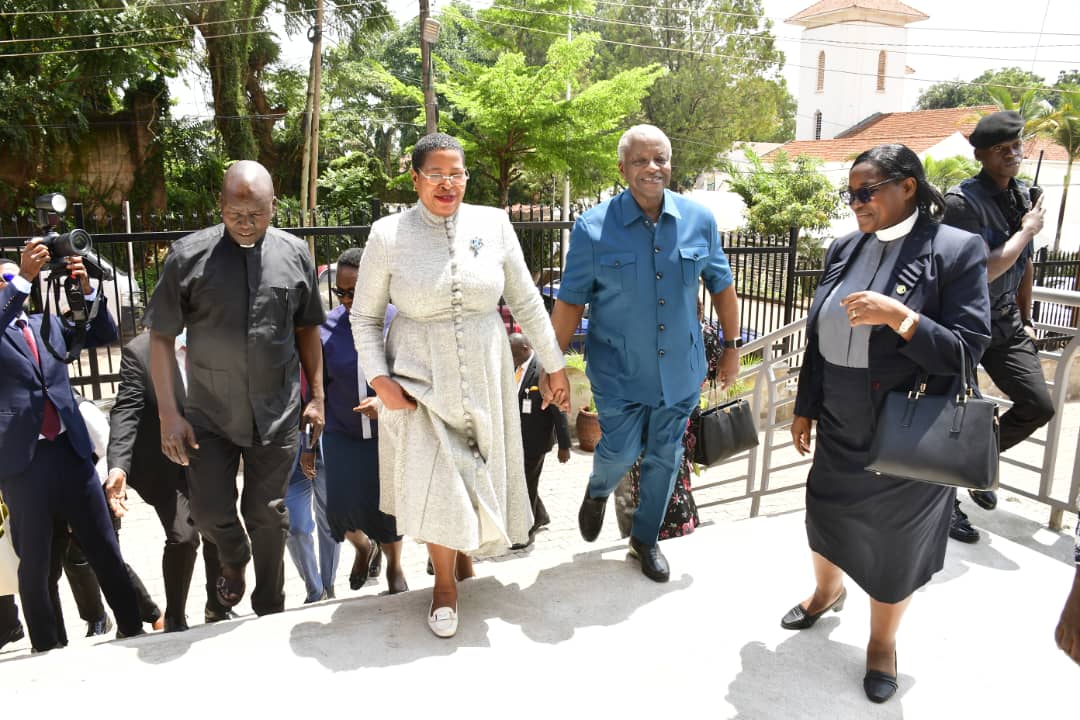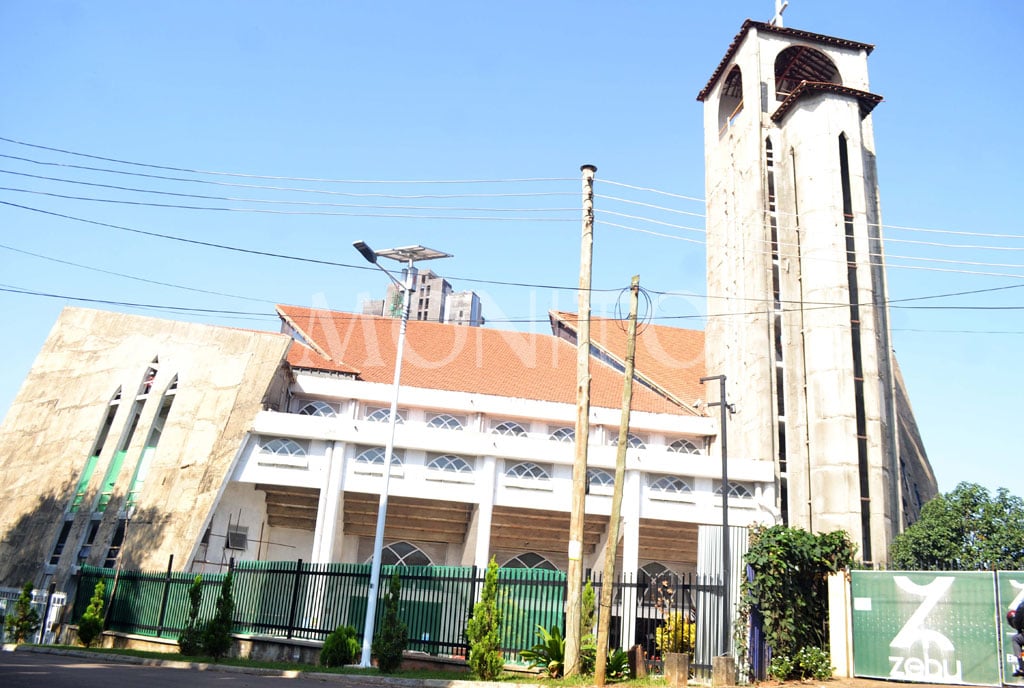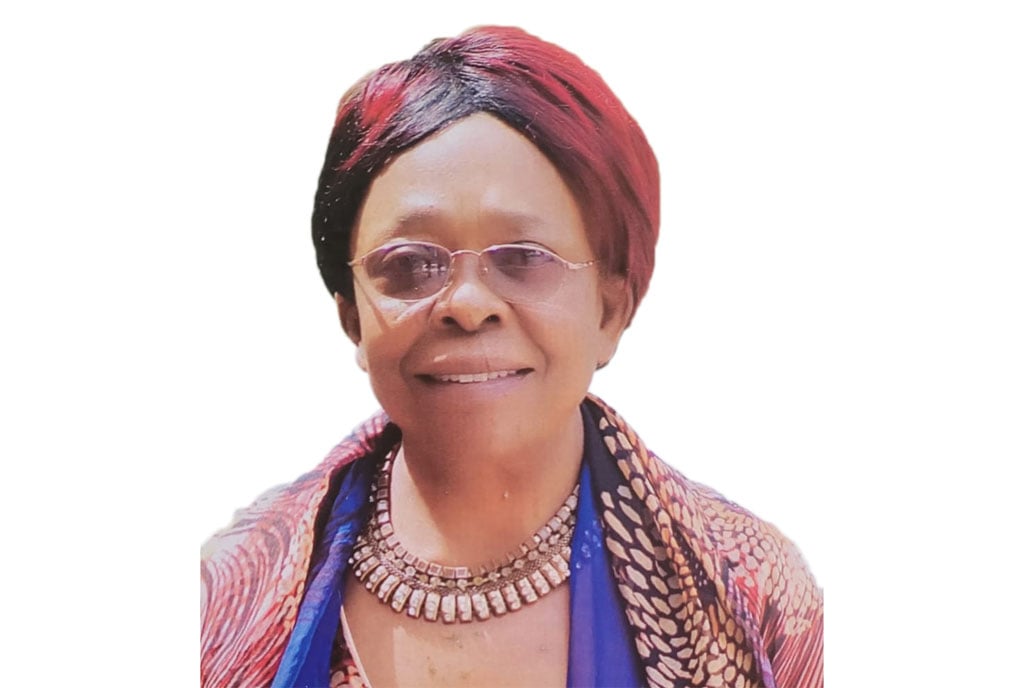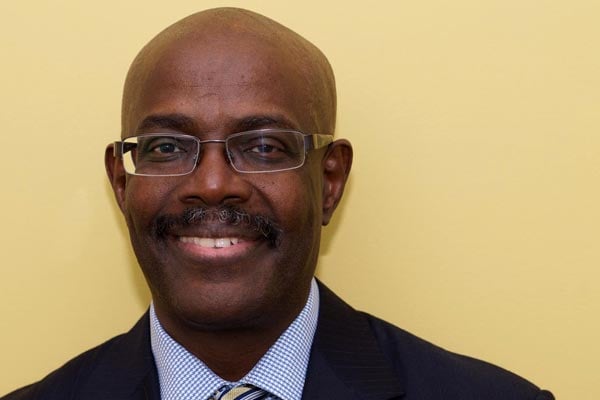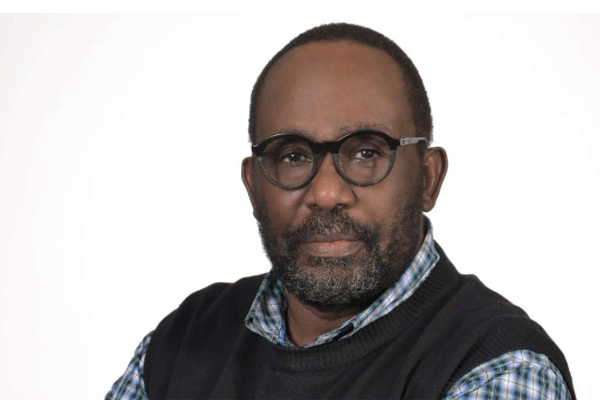
Mr Charles Onyango-Obbo
President Yoweri Kaguta Museveni on Friday presided over the opening of the striking new Anglican All Saints Cathedral in Nakasero, Kampala.
Museveni talked about faith and quoted parables. He didn’t talk about the economy, but I saw dollars, and innovative education writ large against the walls of the cathedral.
The Catholic and Protestant churches were brought to Uganda by European missionaries in the late 19th century. The first two generations of priests and nuns were mostly Europeans – later joined by Americans.
In the last three decades, with the rise of the hyper-technological age, which turbo-charged secularisation, the two churches have declined dramatically in the West. Centuries-old church buildings are being sold and turned into nightclubs, innovation hubs, tech millionaire’s homes, or museums. The record-and-data-obsessed Catholic Church provides some eye-popping insights.
According to the Vatican’s Handbook of Church statistics, in 1970 Europe accounted for 55 per cent of all the global Catholic Church’s ordinations to the diocesan priesthood. By 2019, the number of men ordained in Europe had dropped by nearly 50 per cent, and Europeans made up only 23 per cent of all ordinations. European diocesan priesthood ordinations were outnumbered by Africans, who made up 28 per cent.
African priests have now been streaming to the West to fill critical vacancies. At the end of last year, 2,500 priests, dubbed “reverse missionaries”, from Africa were serving in Catholic parishes in France alone under agreements between dioceses. The total number of priests in Italy, once famous for sending thousands of priests to Africa, has fallen by almost 20 per cent from 1990.
However, the number of foreign priests has soared by tenfold over the last 30 years. Of the 790 foreign-born diocesan priests in Italy in 2023, 407 were from Africa. There are towns in Italy, for example, with two priests – both African.
The Georgetown University’s Center for Applied Research in the Apostolate (CARA) estimated the U.S. hosts some 6,600 international priests and more than 4,000 international nuns. The data suggests that nearly 10 per cent of them are from Africa, with over two dozen from Uganda.
In the UK, ordination numbers in the Anglican church have fallen by 38 per cent since 2020. But here is the twist. While ordination has cratered, church-going is rising. For example, average weekly attendance at Church of England services grew by almost five per cent in 2023 for the third year of consecutive growth.
Weekly attendance by children was up by almost six per cent last year – higher than the rate at which the UK economy rose, and five times higher than its population growth. They are like revellers arriving at the party when the DJ is packing up his music system. African priests can play the music for them. This foreign priest market could be lucrative for our economy and geopolitics.
A priest, as the European missionaries taught us, can be a powerful ambassador for a country, and a builder of his home country’s soft power. A good Ugandan priest in a big European or American city is worth 25 ambassadors and can sell the country, and even excite investment, in ways diplomats can’t. These are the guys whose missionary work will in future bring million-dollar investors.
The country therefore needs to develop a subtle strategic plan for this “reverse missionaries” project. For starters, there is the quality factor. Catholic and Anglican priests – and Catholic nuns - are generally well-educated. But too many tend to be men of the book. Deeply knowledgeable in theology and philosophy, but not science, business administration, software coding, storytelling, or engineering.
In the Catholic Church, there is an opportunity to reimagine seminaries where priests are trained, and develop new age university and graduate study programmes.
The prestigious Loyola University in Baltimore, Maryland, USA, which has good computer science and software engineering, programmes, along with others like psychology, began as a college of St. Mary's Seminary – which itself decades after its founding became St. Mary’s Seminary and University.
Because Europe and the US are open for work for these priests, they don’t have to spend all their time on pulpits reading from the Book of Genesis. They can also work in big-cheque social enterprises, get serious money, bless it, and send it home. I know of one of the priests in the US who has dramatically changed the lives of his relatives back home.
In the process of remaking seminary education, we can also think of alternative tracks of education that supply them, and produce innovative hands and minds; new types of trade colleges. There is a lot of money sloshing around building cathedrals and churches.
Besides All Saints Cathedral, Deputy Speaker Thomas Tayebwa recently unveiled a magnificent Sh1.4 billion church back home in Kigarama Catholic Parish, Bitereko Sub-County. These God-fearing deep-pocketed individuals can be persuaded to contribute toward establishing endowment funds that would help us undertake these worldly endeavours in honour of the Lord.
Mr Onyango-Obbo is a journalist, writer and curator of the “Wall of Great Africans”.
Twitter/X: @cobbo3

